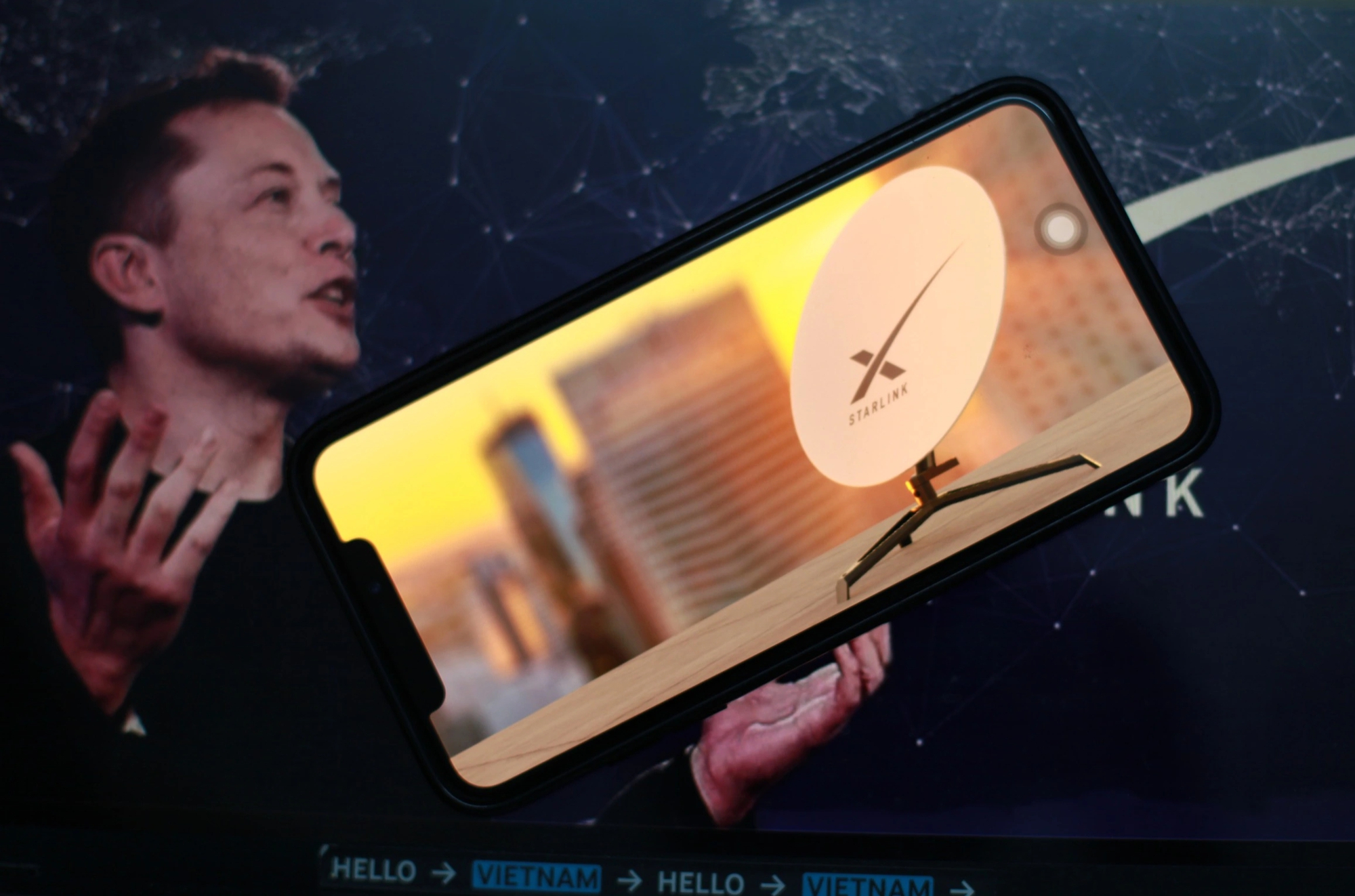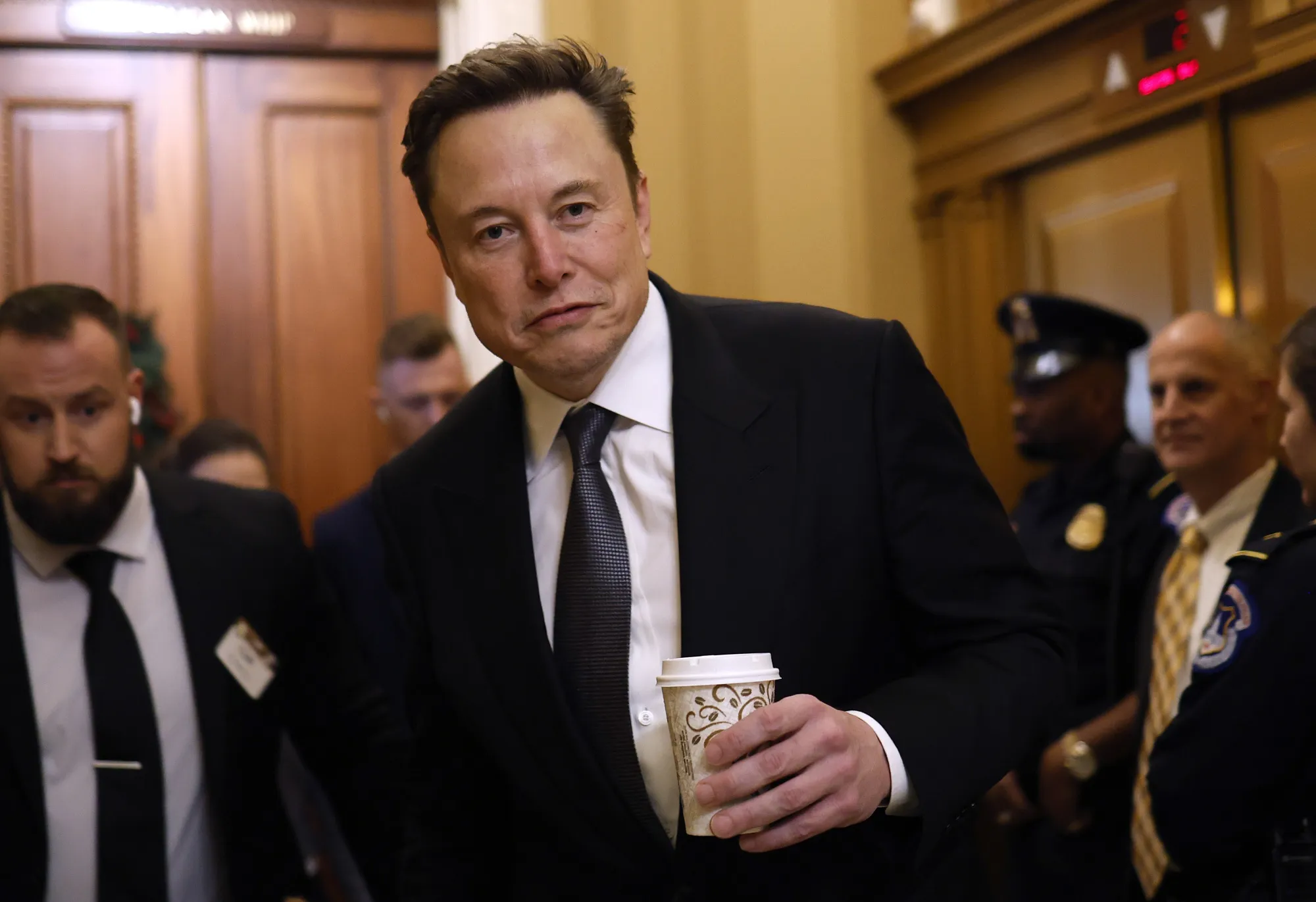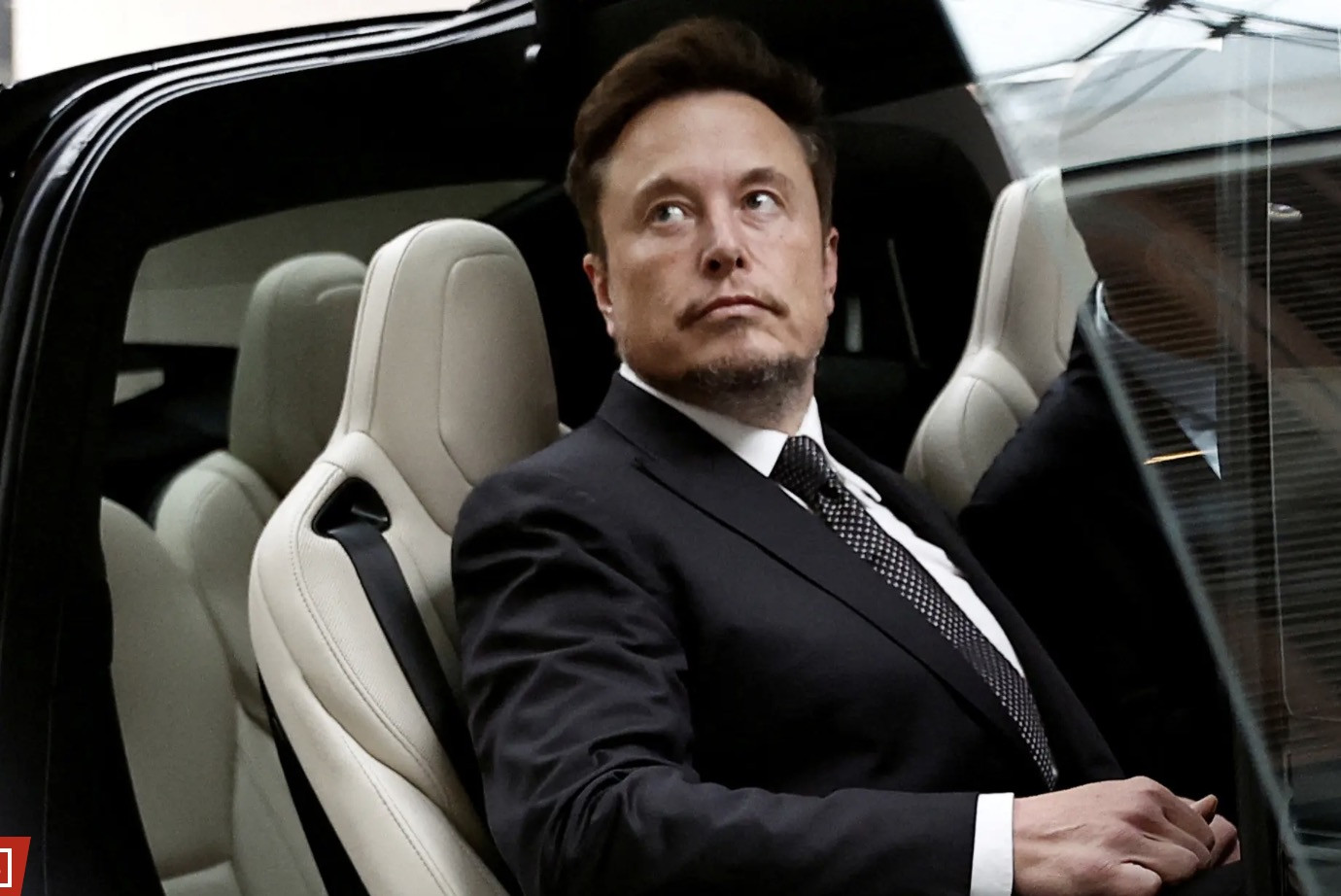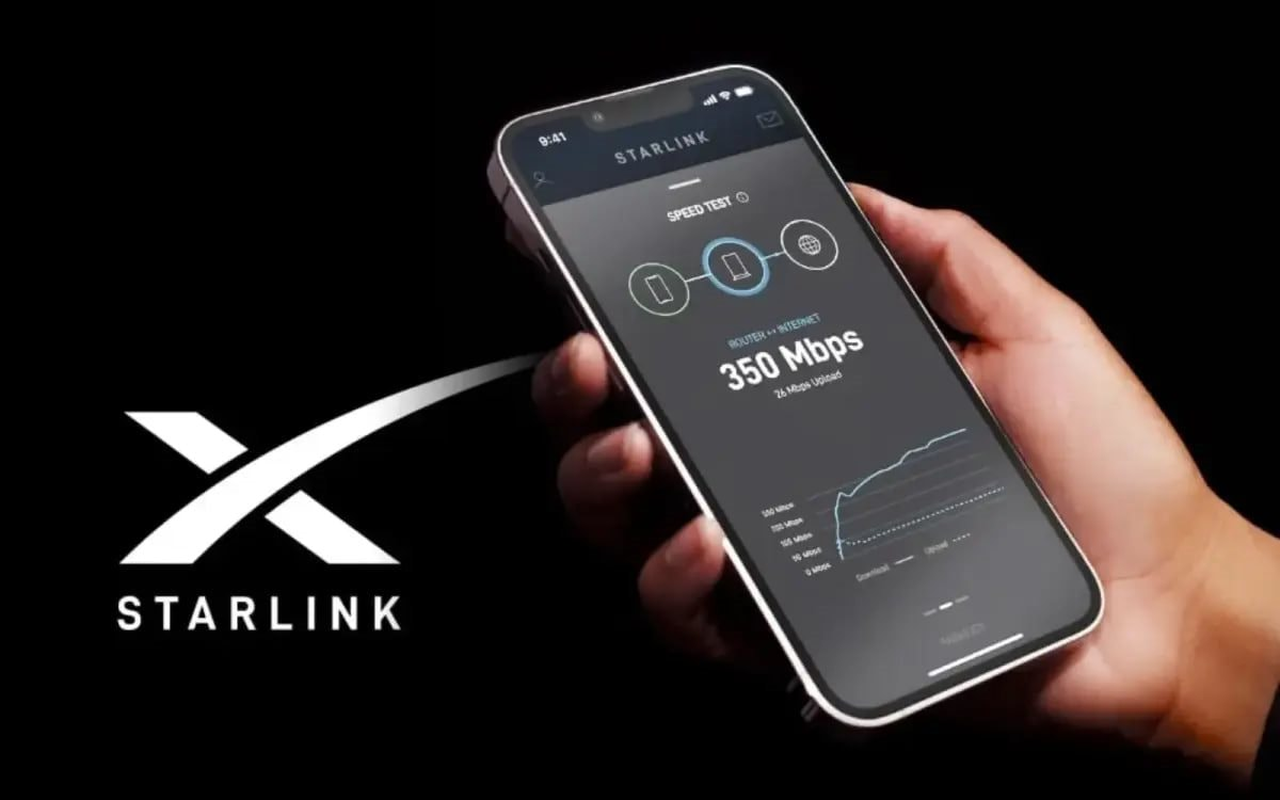
The Vietnamese internet landscape is on the verge of a major transformation, as Elon Musk’s satellite internet company, SpaceX, prepares to establish its presence in the country. According to sources cited by Reuters, SpaceX is in the final stages of preparing to install a ground-based Gateway Station on Vietnamese soil.
This station will serve as a critical node in connecting Vietnam to the Starlink satellite internet network, a low-Earth orbit (LEO) constellation designed to provide high-speed connectivity across the globe, particularly in underserved and remote regions.
The Gateway Station will enable Starlink’s satellite signals to route through Vietnam’s terrestrial telecommunications infrastructure, ensuring that the traffic generated by satellite users is properly managed and connected to local networks. More than just a technical installation, this move signals the official arrival of SpaceX’s Starlink system in Vietnam, a strategic expansion with implications that extend far beyond faster browsing speeds or wider internet coverage.
Vietnam, a rapidly developing digital economy with a population of nearly 100 million, has experienced impressive growth in internet usage over the past decade. Yet challenges remain in rural and mountainous areas where traditional fiber-optic infrastructure is difficult to deploy.
Starlink’s low-latency satellite system offers an elegant solution to this long-standing problem by delivering connectivity from space directly to homes and businesses without the need for cables or ground-based signal towers.

This upcoming installation of the Gateway Station is not just a technical milestone for Starlink but also a regulatory one. Vietnam has historically taken a cautious approach to foreign technology firms operating within its borders. Concerns around data sovereignty, information security, and traffic monitoring have made Vietnamese authorities wary of internet services that bypass national oversight.
By agreeing to establish a local ground station, SpaceX appears to have addressed one of the key concerns of the Vietnamese government: ensuring that internet traffic from Starlink users remains visible and controllable within the country’s regulatory framework.
This strategic compromise may be the key to unlocking a massive new market for Starlink. With the Gateway Station in place, Starlink will be able to provide its services with full regulatory alignment, opening the door to a broad rollout of its satellite internet offerings across Vietnam. For Elon Musk, this represents another critical step in his broader mission to democratize access to high-speed internet and accelerate the global digital transformation.
The deployment of the Gateway Station also lays the groundwork for further Starlink infrastructure in the region. Sources close to the matter report that SpaceX is planning to launch additional satellites over Southeast Asia in the coming months, enhancing signal quality, reducing latency, and ensuring consistent service for users across Vietnam and neighboring countries.
While SpaceX has not made any official statements about the precise timeline, the pace of developments suggests that Starlink connectivity could become available to Vietnamese users much sooner than expected.

The Vietnamese government stands to benefit from the partnership as well. By gaining visibility into the traffic flowing through Starlink’s network, authorities can maintain their long-standing approach to digital sovereignty and content monitoring. This ability to oversee internet traffic has been a prerequisite for international tech companies seeking to operate in Vietnam.
The installation of a local Gateway fulfills this condition and may serve as a model for other global internet providers hoping to expand into tightly regulated markets.
Furthermore, Starlink’s entrance into Vietnam could have ripple effects across several key sectors. In education, rural schools that previously lacked reliable internet access could finally benefit from online learning platforms and digital resources. In agriculture, smart farming technologies and real-time data systems could become feasible even in remote regions.
In healthcare, telemedicine initiatives could connect patients in isolated communities with specialists in major cities or even overseas. And for small businesses, especially in areas without traditional broadband, Starlink could provide a vital connection to e-commerce platforms, payment systems, and global customers.
The timing of Starlink’s move is also significant. Vietnam is in the midst of an ambitious digital transformation strategy, aiming to become a fully digital society by 2030. National plans call for widespread adoption of cloud services, digital public administration, and high-speed internet as a foundational infrastructure for the new economy.
The presence of Starlink aligns well with these goals, offering an alternative and potentially more resilient network backbone, especially in times of natural disasters or other disruptions that could damage ground-based infrastructure.

For Elon Musk, Vietnam represents not only a market opportunity but a strategic foothold in a region that has been historically difficult for American tech firms to penetrate. Vietnam’s regulatory environment, while strict, is increasingly open to innovation when it aligns with national development goals.
By working with local authorities and committing to infrastructure that allows for oversight, SpaceX is showing a playbook for international companies aiming to expand in Southeast Asia without provoking political or regulatory pushback.
The technical aspects of the Gateway installation are equally noteworthy. Gateway Stations serve as terrestrial communication hubs that connect satellite signals with data centers and existing internet infrastructure. They play a pivotal role in ensuring that data from satellites can be efficiently routed to users, and vice versa.
Unlike the user terminals that receive signals directly from satellites, Gateways are far more complex and powerful, equipped with large antenna arrays, powerful signal processors, and robust security protocols. The location of the Gateway in Vietnam has not been publicly disclosed, but it is expected to be situated in an area that balances technical viability with geopolitical and regulatory considerations.
Another critical element in Starlink’s strategy is its ability to operate independently of traditional infrastructure. This is particularly valuable in a country like Vietnam, which faces challenges in building and maintaining communication lines across its varied terrain. From the highlands in the north to the Mekong Delta in the south, satellite connectivity promises to bypass the bottlenecks of terrestrial development and bring online access to areas that have long been marginalized.

While SpaceX has already launched thousands of satellites as part of its Starlink constellation, the global rollout is still in progress. The company plans to continue adding satellites to improve coverage, capacity, and service stability. The expansion into Vietnam is a clear signal that SpaceX sees Southeast Asia as a key part of its international strategy. Vietnam, with its fast-growing digital economy and strategic location, is a natural choice for this next phase.
Questions remain about the pricing model, availability timeline, and consumer adoption of Starlink services in Vietnam. Internet in the country is relatively affordable by global standards, and any premium pricing from Starlink could be a barrier for widespread use.
However, for specialized users such as government agencies, businesses operating in remote areas, or educational institutions in underserved provinces, the value proposition of reliable, high-speed satellite internet may outweigh the cost considerations.
In the long term, Starlink’s success in Vietnam could influence regional connectivity strategies across Asia. Countries like Cambodia, Laos, and Myanmar face similar infrastructure challenges, and Vietnam could become a test case for how satellite internet can be effectively integrated into national networks without sacrificing regulatory control. If the model works, SpaceX may find a blueprint here for expansion into other developing markets around the world.
Elon Musk has long talked about connecting the planet, not just through cars and rockets, but through information. The rollout of Starlink in Vietnam is more than just a business move. It is a step toward realizing that vision. It is also a test of whether advanced technology can align with local governance in one of the world’s most complex regulatory environments.

As the Gateway Station nears completion and the first Starlink signals begin to connect Vietnamese users to orbiting satellites, a new era of connectivity is about to begin. Vietnam is not just joining the internet of the future. It is helping shape what that future will look like.

-1744006034-q80.webp)

